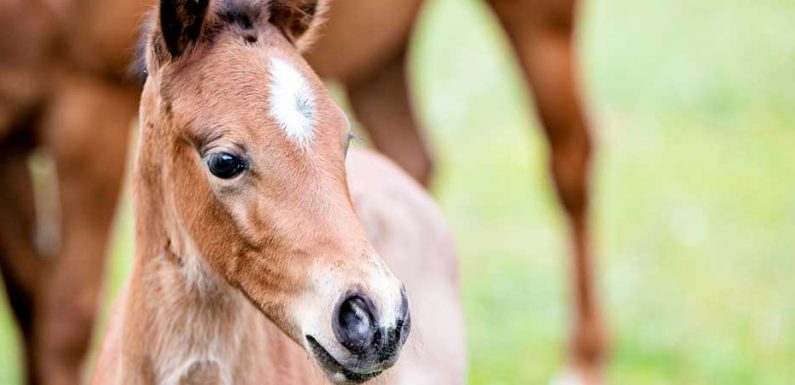
Sometimes genetic testing finds a surprise gene, and a horse or dog owner suddenly becomes aware that their animal is a carrier for a recessive inherited disorder.
What should you do when this happens to you?
- Remember that the animal is exactly the same animal that it was yesterday. If it was a champion before you knew, it’s still a champion.
- Check whether there are any health effects associated with being a carrier – usually the answer is no.
- Don’t hurry to remove this animal from the breeding pool. For breeds with closed stud books its ideal to limit genetic loss to less than 1% per generation so as not to damage the gene pool. Trying to remove an inherited disorder from a breed all at once is not in accord with this guideline, unless it’s a really rare gene. It is important not to lose all the positive genetics of an animal just because they are a carrier for an inherited disorder!
- To reduce losses you should aim to make sure that your animal isn’t bred to other carriers, because some offspring will be affected by the genetic disorder. This means that the other animals should be tested before the mating takes place. Take the price and time required for testing into account when you set your stud fees.
- Over time, the general preference for clear animals will move the breed toward having fewer carriers, except in cases where carriers outperform non-carriers.
- Remember that next year a gene for a new inherited disorder could be discovered, and the same thing might happen all over again. Don’t do anything to your breeding stock that you’re not prepared to do again next time the same thing happens.
Conclusions:
Sophisticated breeders know that the aim of genetic testing is to get information that will help produce desirable animals and reduce losses. Culling carriers of inherited disorders has the opposite effect: you lose animals when you didn’t have to. Always prioritise achievement in your animals over a clear result in their genetic testing. While it is satisfying to have clear results, there’s no point in producing mediocre animals just because they’re clear.
Using this approach will mean that you’re using the same well-established techniques as commercial meat and fibre animal breeders.
Head over to Practical Horse Genetics to view and order available tests.